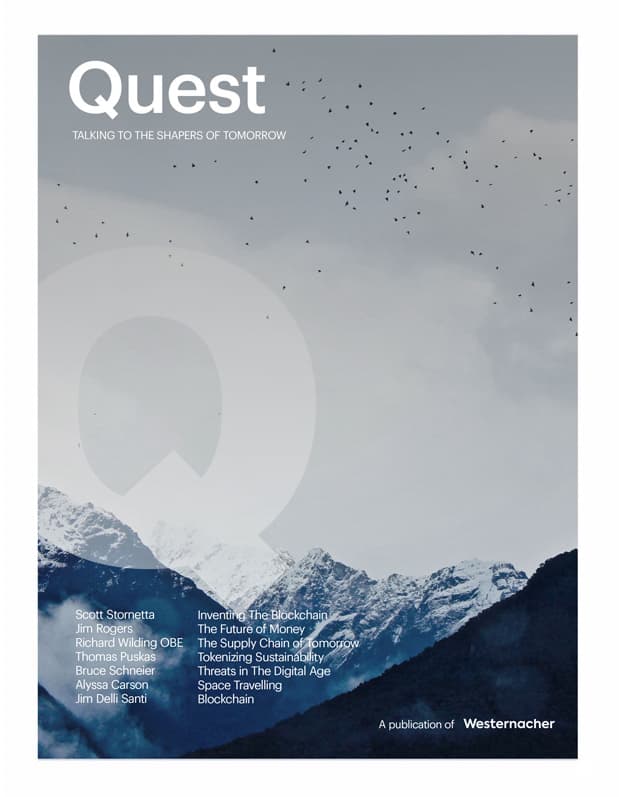Published on June 10, 2021 – Dr. Alexander Bender, Director – Supply Chain Strategy & Execution at Westernacher
The Covid-19 pandemic has changed business as usual. To ensure operations in omnichannel warehouses, more and more companies are turning to autonomous robotic solutions. These solutions help companies in keeping their employees safe during a pandemic. They also make companies more resilient in times of labor shortages. All while significantly improving key warehouse performance measures such as picks, execution of warehouse tasks, shipped orders, etc.
In December 2019, Westernacher started a pilot project with a leading fast-fashion retailer. The objective was to implement SAP EWM and integrate it with a leading autonomous robotics solution in which SAP EWM would manage key warehouse functions and the robotics solution would optimize execution of warehouse orders and tasks. Together with our client and the robotics provider, we executed the aggressively planned project on time, under budget, and at a quality level above our customer’s expectation.
In this article, we will outline key elements of the solution, discuss the achieved performance improvements, and describe the positive impact of the implementation methodology.
What did we build?
We started with a standard EWM warehouse setup (template) in order to focus on the changes necessary for integrating the robotics solution. Instead of introducing autonomous mobile robots (AMRs) in an existing warehouse, our customer decided to build a new warehouse to ensure that the complete setup (floors, rack setup, packing stations, …) was optimized to using AMRs. A few highlights:
- Kiva-style rack storage system
- Random mixed storage for online and store fulfilment
- Sorting robots for sorting of fully packed shipping units
- Combined picking area for omnichannel storage and picking
- Advanced high throughput packing workstation
- Manual replenishment area with classical RF integration
Key figures of the warehouse:
- approximately 2,000,000 sqft of warehouse space
- 20 packing workstations
- 150 goods-to-person robots and 20 Flexo sorters
- Around 9,000 racks
- Approximately 4.5 million product masters in the system with about 5,000 in circulation
The objective was to create an integration of autonomous mobile robots for high-speed order fulfilment with SAP EWM. The integration was done using a Web services approach based on a framework approach for future re-usability. Functionally, we enabled advanced performance optimization strategies in SAP EWM to ensure scalability and throughput, direct carrier integration, and error correction capabilities.
After go-live, performance quickly reached over 1,000 picks per hour enabling completion of over 4,000 customer orders per day. In fact, our customer had planned for at least four weeks of ramp-up and decided that they had reached 95% completion after one week.
How did we do it?
Our customer was used to long implementation projects. Even starting up a new warehouse would usually take at least nine months due to the complexity of an existing template. We were not only asked to build an innovative solution; we were also asked to find ways to build the innovative solution much faster.
Our answer was to propose splitting the solution into two functional go-lives and to apply our Q-Methodology. The purpose of the functional split was to reduce the operational exposure for our customer and the robotics provider. By focusing first on the store business, we enabled the project team (customer IT, warehouse operations, robotics supplier, retail business) to test the new warehouse with its robots using the simpler business processes, a smaller set of SKUs (only current and next season), and no direct exposure to consumers. Once the basic setup was working smoothly and stores were supplied as expected, the project team added the additional requirements and complexity to execute online orders with pack stations and parcel shipments.

Executing the project, we used the Westernacher Q-Methodology which combines waterfall and agile methodology elements. Our methodology allows us to quickly develop an understanding of the current situation (in three weeks). This is followed by intense workshops to establish a solution design document (SDD), fit-gap analysis, detailed execution plan, and final cost estimate. At the end of this four-week design phase, we were ready for development.
During development, we used an agile sprint approach which allowed us to show progress every four weeks. All of the configuration and developments were assigned to one or two sprints. Every sprint started with creating detailed functional specifications documents (FSDs) based on the SDD. The customer reviewed the FSD, and any questions were resolved in short workshops. After sign-off, we developed/configured the functional area or WRICEF item over two weeks (more for complex items). At the end of the sprint, usually in week four, we showed the results and gained again approval from the customer for the finished WRICEF item.
Towards the end of the development, we started deployment activities, first with system integration testing, followed by user acceptance testing, performance testing, cutover, and final readiness testing.
Following this approach, we were able to execute the project as planned from a timeline perspective while including the usual number of change requests. We did this while staying 5% under budget and delivering the solution with far fewer errors and incidents than commonly experienced by this customer in SAP EWM implementations.
Do you have a similar transformation project in mind? We can show you the way forward. Get in touch today.
Share this article
